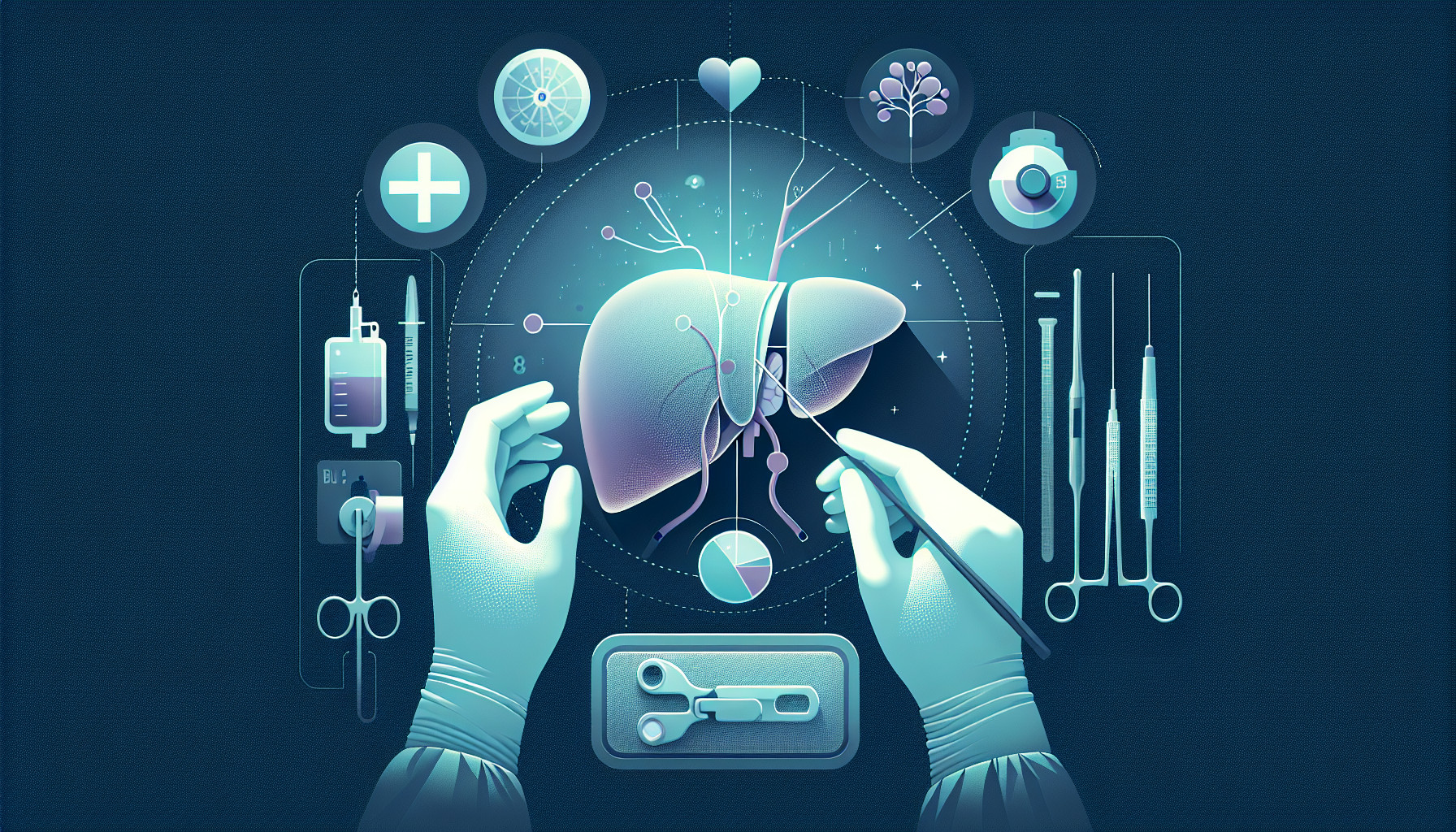Our Summary
This study looks at how blood vessels in the eyes of children who have had kidney or liver transplants are affected. The researchers used a technique that allows them to look at these tiny vessels in the eyes without needing to perform invasive procedures. Their findings showed that the density of these vessels was lower in the children who had undergone transplants compared to a group of healthy children. This suggests that the technique could be used in the future to monitor the health of the smallest blood vessels in these patients, which could help doctors predict and potentially prevent serious problems like organ failure.
FAQs
- What was the main focus of this study on pediatric liver transplant?
- What technique did the researchers use to examine the blood vessels in the eyes of transplant patients?
- How could this technique help in the future care of children who have had kidney or liver transplants?
Doctor’s Tip
One helpful tip a doctor might tell a patient about pediatric liver transplant is to closely monitor their child’s eye health. Regular eye exams can help detect any potential issues with blood vessel density, which could indicate problems with organ function. By staying proactive and addressing any issues early on, the doctor can help ensure the overall success of the liver transplant.
Suitable For
Patients who are typically recommended for pediatric liver transplant are those with end-stage liver disease, acute liver failure, metabolic liver disorders, genetic liver diseases, liver tumors, or complications from liver disease such as portal hypertension. These patients may have symptoms such as jaundice, fatigue, abdominal swelling, itching, or neurological symptoms. Transplant evaluation is usually recommended when medical management is no longer effective in managing the patient’s condition.
Timeline
Before pediatric liver transplant:
- The patient is diagnosed with a liver disease or condition that requires a transplant.
- The patient undergoes a series of tests and evaluations to determine if they are a suitable candidate for a transplant.
- The patient is placed on a waiting list for a donor liver.
- The patient may experience symptoms of their liver disease, such as fatigue, jaundice, and abdominal pain.
- The patient may require medications, dietary restrictions, and other treatments to manage their condition while awaiting a transplant.
After pediatric liver transplant:
- The patient undergoes the transplant surgery, which involves removing the diseased liver and replacing it with a healthy donor liver.
- The patient is closely monitored in the hospital for any complications or rejection of the new liver.
- The patient may need to take immunosuppressant medications for the rest of their life to prevent rejection of the new liver.
- The patient undergoes regular follow-up appointments and tests to monitor the health of the new liver and overall well-being.
- The patient may experience improvements in their symptoms and quality of life, but may also face challenges related to lifelong medication management and potential complications from the transplant surgery.
What to Ask Your Doctor
- What is the success rate of liver transplants in pediatric patients?
- What are the potential risks and complications of a pediatric liver transplant?
- How long is the typical recovery time for a pediatric liver transplant?
- What are the long-term effects and outcomes for pediatric patients who undergo a liver transplant?
- How will the transplant affect the child’s quality of life and daily activities?
- What medications will the child need to take post-transplant and what are the side effects?
- How often will the child need to follow-up with medical appointments and tests after the transplant?
- Are there any dietary or lifestyle changes that the child will need to make after the transplant?
- What are the signs and symptoms of organ rejection that the child and caregiver should watch out for?
- Are there any support groups or resources available for pediatric patients and their families going through a liver transplant?
Reference
Authors: Sarıgül Sezenöz A, Tortumlu G, Akkoyun I, Oto S, Haberal M. Journal: Exp Clin Transplant. 2022 May;20(Suppl 3):89-95. doi: 10.6002/ect.PediatricSymp2022.O31. PMID: 35570609
